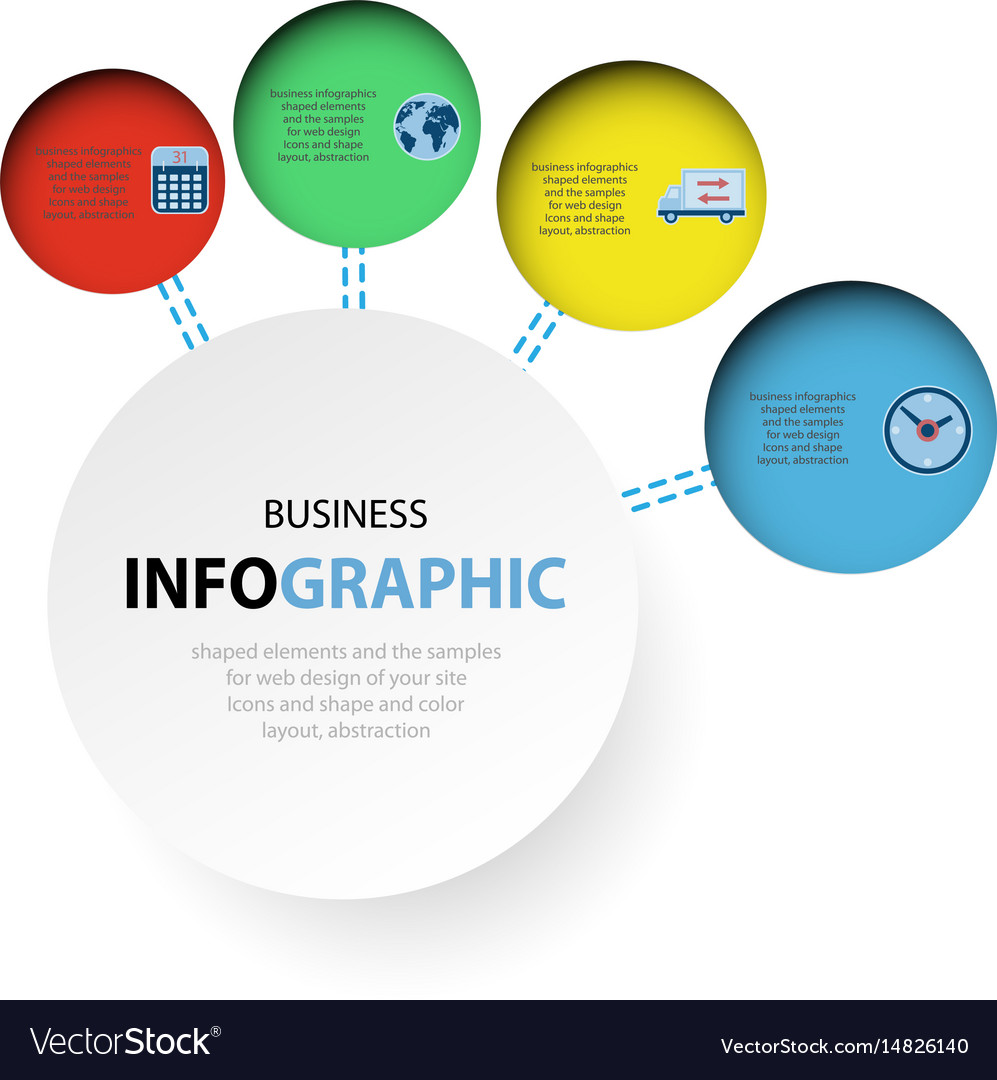Eager To Find Exactly How Internet Site Design Has Changed Gradually? Study The Evolution From Simpleness To User-Focused Experiences.
Eager To Find Exactly How Internet Site Design Has Changed Gradually? Study The Evolution From Simpleness To User-Focused Experiences.
Blog Article
Write-Up By-Abel Vangsgaard
In the past, web sites were straightforward and concentrated on info. Navigating was straight, and design was for desktop computers. Currently, user experience is key. Data guides layouts for easy navigation. Responsive layouts fit different devices. Today, dark setting reduces pressure, and minimal menus enhance navigating. Interactive features engage users, and vibrant visuals stick out. AI integration boosts engagement. See exactly how style has developed to enhance your on-line journey.
Very Early Days of Website Design
In the early days of website design, simplicity reigned supreme. Web sites were fundamental, with limited colors, fonts, and formats. The focus was on giving details as opposed to fancy visuals. Individuals accessed the internet through sluggish dial-up links, so rate and capability were crucial.
Navigation menus were straightforward, typically situated at the top or side of the page. Web sites were made for computer, as mobile surfing wasn't yet prevalent. web design pricing was king, and designers focused on very easy readability over intricate design elements.
HTML was the primary coding language utilized, and designers had to function within its restrictions. Computer animations and interactive attributes were minimal contrasted to today's requirements. Sites were fixed, with little vibrant content or personalized user experiences.
Increase of User-Focused Style
With the advancement of website style, a shift in the direction of user-focused design principles has come to be significantly popular. https://www.searchenginejournal.com/on-page-seo/image-optimization/ , developing sites that prioritize individual experience is crucial for engaging visitors and achieving service goals. User-focused design entails understanding the demands, preferences, and habits of your target market to customize the site's layout, material, and features as necessary.
Developers now perform complete research study, such as customer surveys and use screening, to collect understandings and comments directly from customers. This data-driven strategy aids in creating user-friendly navigating, clear calls-to-action, and visually attractive user interfaces that resonate with visitors. By placing the individual at the center of the design procedure, websites can provide an extra tailored and pleasurable experience.
Receptive style has actually likewise become a crucial element of user-focused design, making certain that web sites are optimized for various tools and screen sizes. This adaptability enhances accessibility and use, accommodating the diverse methods individuals connect with internet sites today. In essence, the increase of user-focused design symbolizes a shift towards producing digital experiences that focus on the needs and assumptions of the end user.
Modern Trends in Website Design
Check out the most up to date fads forming website design today. One noticeable fad is dark mode style, using a streamlined and modern-day appearance while decreasing eye pressure in low-light atmospheres. One more essential trend is minimal navigating, simplifying food selections and improving user experience by concentrating on essential elements. Including micro-interactions, such as computer animated buttons or scrolling results, can produce an extra engaging and interactive web site. https://example-of-affiliate-mark05059.blog2news.com/30431680/exactly-how-to-find-the-right-digital-advertising-and-marketing-firm-for-your-business remains critical, guaranteeing seamless user experiences across various gadgets. Additionally, using create google business profile and unbalanced layouts can add visual passion and draw attention to details content.
Incorporating AI technology, like chatbots for client assistance or tailored suggestions, improves user involvement and improves procedures. Access has additionally end up being a significant trend, with developers focusing on inclusive layout methods to deal with diverse user requirements. Accepting sustainability by maximizing web site performance for speed and performance is one more emerging fad in web design. Teaming up with customer comments and data analytics to repeat and improve style constantly is important for remaining appropriate in the ever-evolving digital landscape. By embracing these contemporary patterns, you can develop a visually appealing, easy to use site that resonates with your target market.
Conclusion
As you review the evolution of website design from the very early days to now, you can see just how user-focused design has come to be the driving force behind modern-day trends.
Accept the journey of adjustment and adaptation in web design, constantly maintaining the user experience at the leading edge.
Remain current with the latest fads and innovations, and never stop progressing your method to create visually sensational and straightforward internet sites.
Evolve, adjust, and create - the future of website design remains in your hands.
